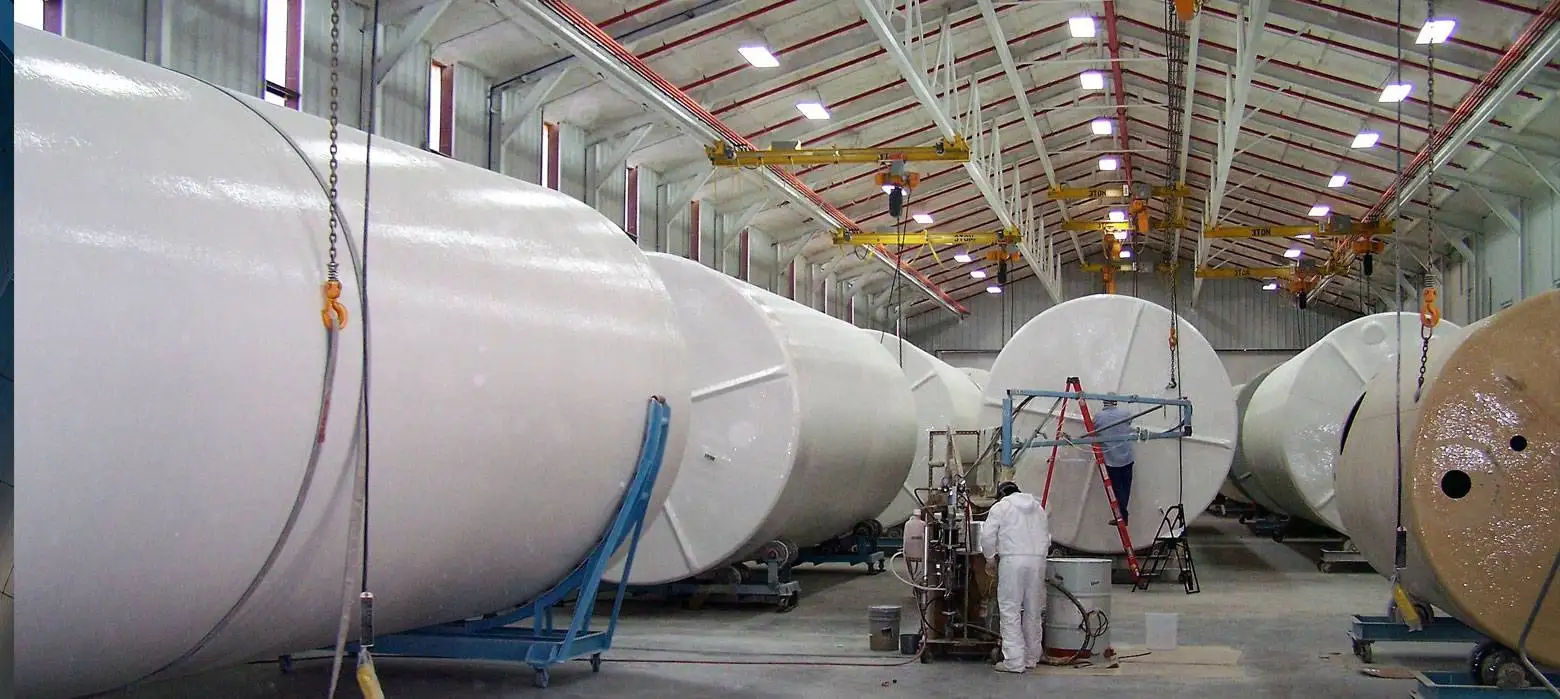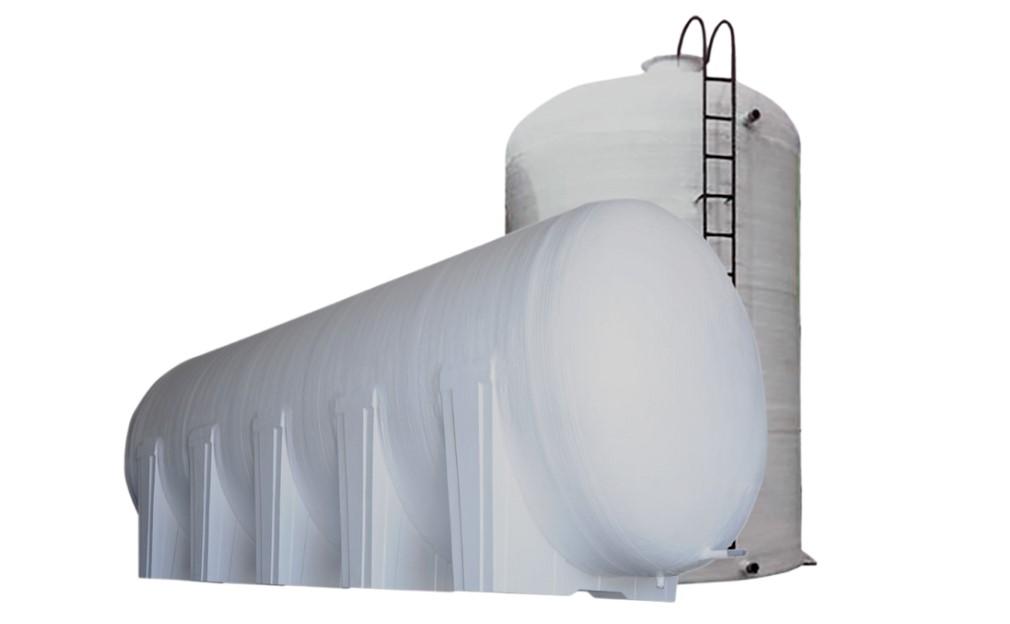Fiber Reinforced Plastic (FRP) storage tanks have become increasingly popular across various industries due to their superior durability, corrosion resistance, and versatility. In this article, we will explore the benefits of FRP storage tanks, the manufacturing process, key applications, and highlight Pipeco, a leading FRP tank manufacturer.
FRP storage tanks are made from composite materials consisting of a polymer matrix reinforced with fibers. The most common reinforcement fibers are glass, carbon, or aramid, with glass being the most widely used. These tanks are known for their excellent strength-to-weight ratio, corrosion resistance, and long service life, making them ideal for storing a variety of liquids, including chemicals, water, and wastewater.
One of the primary advantages of FRP storage tanks is their exceptional resistance to corrosion. Unlike metal tanks, FRP tanks do not rust or corrode, even when exposed to harsh chemicals or extreme environmental conditions. This makes them ideal for storing corrosive substances such as acids, alkalis, and other aggressive chemicals.
FRP storage tanks are significantly lighter than traditional metal tanks, yet they offer high strength and durability. This lightweight nature facilitates easier transportation and installation, reducing overall costs and labor.
FRP storage tanks can be customized to meet specific requirements, including size, shape, and capacity. They can be designed to handle various pressures and temperatures, making them suitable for a wide range of applications.
Due to their resistance to corrosion and environmental degradation, FRP storage tanks have a long service life. They require minimal maintenance, leading to lower long-term operational costs.
Although the initial cost of FRP storage tanks may be higher than some traditional materials, their long service life and low maintenance requirements make them a cost-effective choice in the long run.

The manufacturing process begins with the preparation of a mold, which determines the shape and size of the tank. The mold is typically made from metal, plastic, or wood and is coated with a release agent to prevent the tank from sticking to it.
Next, layers of reinforcement fibers are laid onto the mold. These fibers are typically in the form of mats, woven fabrics, or chopped strands. The orientation and layering of the fibers are crucial in achieving the desired strength and performance characteristics.
A polymer resin, usually a thermosetting resin such as polyester, vinyl ester, or epoxy, is then applied to the fibers. The resin acts as a binding agent, holding the fibers together and providing the composite material with its strength and durability.
Once the resin is applied, the tank is left to cure, either at room temperature or under controlled heat. During the curing process, the resin hardens and forms a solid, rigid structure. The curing time and conditions depend on the type of resin used and the desired properties of the finished tank.
After curing, the tank is removed from the mold and undergoes finishing processes, which may include trimming, sanding, and the application of a protective coating. Quality control checks are performed to ensure the tank meets the required standards and specifications.

FRP storage tanks are widely used in the chemical industry for storing acids, alkalis, solvents, and other corrosive substances. Their resistance to chemical attack and corrosion makes them ideal for these applications.
In the water and wastewater treatment industry, FRP tanks are used for storing potable water, wastewater, and treatment chemicals. Their durability and resistance to environmental factors ensure long-term reliability and performance.
FRP tanks are used in the food and beverage industry for storing ingredients, beverages, and other food products. They are constructed to meet stringent hygiene and safety standards.
In the oil and gas industry, FRP tanks are utilized for storing crude oil, refined products, and various chemicals used in exploration and production processes. Their corrosion resistance and lightweight properties make them suitable for harsh environments.
FRP tanks are also used in agriculture for storing fertilizers, pesticides, and water for irrigation. Their durability and chemical resistance are beneficial in this sector.
Pipeco stands at the forefront of the market, recognized as a premier manufacturer, supplier, and exporter specializing in top-tier GRP water tanks, stainless steel water tanks, and SMC manhole covers. Committed to delivering unparalleled quality and excellence, Pipeco's products are designed to meet the highest standards and provide reliable, long-lasting solutions for various applications.
Pipeco offers a wide range of GRP water tanks, including GRP sectional tanks and GRP square shape tanks, tailored to meet specific requirements and ensure optimal performance. Their tanks are widely used in industries such as chemical storage, water and wastewater treatment, food and beverage, oil and gas, and agriculture.

FRP storage tanks offer numerous advantages, including corrosion resistance, lightweight, high strength, and versatility. These attributes make them suitable for a wide range of applications across various industries. By understanding the manufacturing process and selecting reputable FRP tank manufacturers like Pipeco, businesses can ensure they receive high-quality storage solutions tailored to their specific needs. As the demand for durable and reliable storage options continues to grow, FRP storage tanks will remain a vital component in industrial and commercial sectors.
Experience the brand Trusted by Renowned Companies across the GLOBE.

Pipeco stands at the forefront of the market, recognized as a premier manufacturer, supplier, and exporter specializing in top-tier GRP water tanks, stainless steel water tanks, and SMC manhole covers, FRP Water Tank, Fiberglass Tank, SMC Water Tank committed to delivering unparalleled quality and excellence.